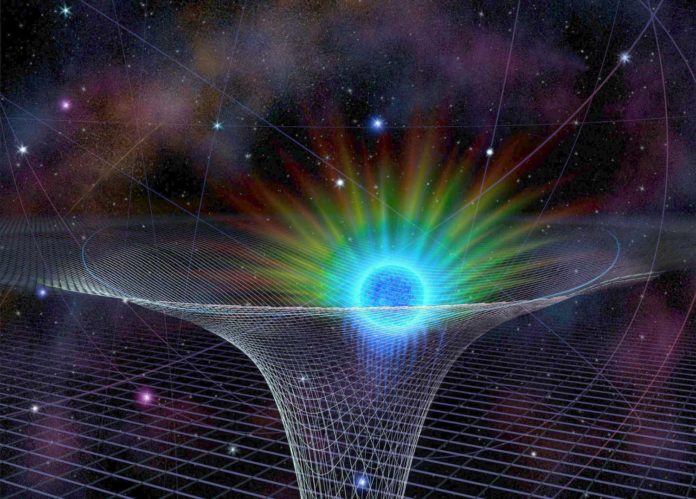Almost a century later, Albert Einstein published his iconic theory of General relativity. Now, scientists at the University of California, Los Angeles have tested Albert Einstein’s theory of general relativity in the crucible of the monstrous black hole at the center of our Milky Way galaxy and found it rock solid.
Scientists followed a star orbiting so near the black hole that the black hole’s intense gravity influences the light it emits. The impact, a gravitational redshift, matched precisely what Einstein’s hypotheses of special and general relativity foresee.
Scientists followed the star named SO-2. In any case, the general theory of relativity says that the light it transmits will lose energy and become redder when it reaches Earth, which is around 26,000 light-years from the galactic center.
What’s more, the special theory of relativity, which clarifies why people traveling at different speeds see time and space differently, says that the speed of the star will make the light bluer when moving toward us and redder when moving ceaselessly.
Scientists used 24 years of observations and observed both effects. They found when the star becomes closer to the black hole, it loses light with 0.03 percent of its energy while climbing out of the gravitational well of the black hole.
Also, during its closest approach- when it was traveling at 16 million miles per hour, the redshifts and blueshifts perfectly matched the predictions of special relativity.
The outcomes provide a better check on general relativity, making it the most detailed study ever conducted on supermassive black holes and Einstein’s theory of general relativity. Also, the measurements provide a more accurate mass for the black hole at the center of the galaxy — 3.984 million times the mass of the sun — and pinpointed its distance at 7,971 parsecs (25,916 light-years).
UC Berkeley’s Jessica Lu, an assistant professor of astronomy, said, “The measurement of gravitational redshift around a supermassive black hole is the beginning of a new era of general testing relativity. Our galactic center is a special place, a unique place, because we can study in detail the physics and astrophysics of a supermassive black hole. It is almost impossible to do that in any other galaxy.”
“The star SO-2 is orbiting on a very eccentric orbit: At its farthest from SagA*, it’s 16.5 times farther than its closest approach. It really dips in, whips around the black hole, and then heads back out and hangs out far away for quite a while. That period where it passes through closest approach is concise but essential to measure.”
Scientists are excited to again put relativity to the test by astrometrically measuring the precession of the orbit of SO-2 — that is, the gradual rotation of the orbital plane predicted by general relativity.
The findings are published in the journal Science.
